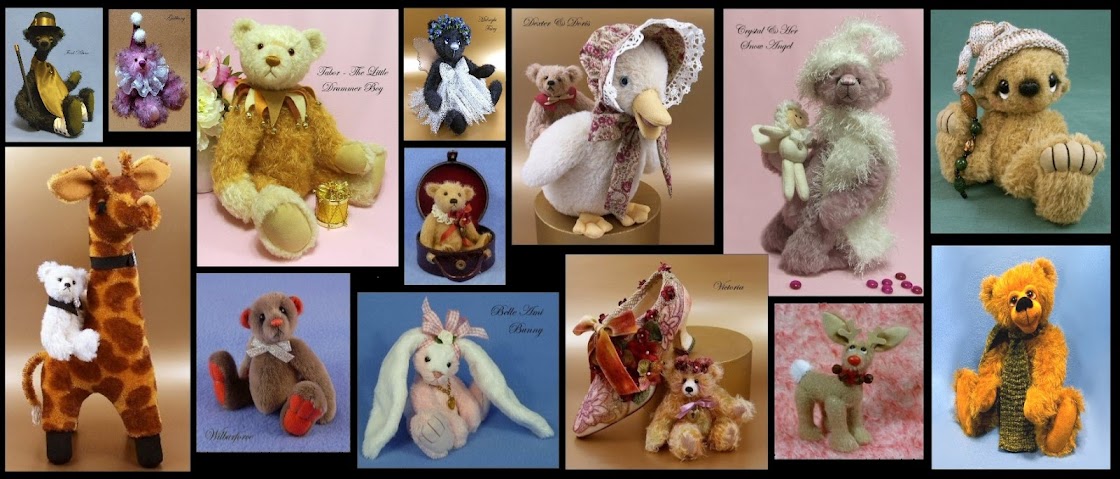Before beginning a diorama, I like to browse interior decorating magazines, paint booklets and home furnishing catalogues like IKEA publishes. I cut pictures out of the rooms I'd like to make and keep them in a folder to use for future reference. These help figure out furniture layouts and suitable colour combinations for my dioramas.
I've been working on a new diorama using a kit from Fairy Meadows, where the walls can be reversed and also separated for easy storage. I'm creating two rooms using different colour palettes, one cool, one warm.
The faux marble floor has been completed, it's a neutral colour and compliments my two palettes, but contact paper is another simple option . . . there are some great patterns available which are suitable for both hardwood floors or tiles, the final choice will depend on which room needs decorating.
For cutting the skirting boards at a 45° angle, I use my hubby's mitre box, but you can find reasonably priced small ones at Bunnings and Hobby Tools has a great little mitre set. It's also useful when making architraves, cornices and picture frames. This tool helps achieve a more profession finish on all the corners.
When attaching wall art and other items like mirrors, I use a low tack painter's tape which can be removed without damaging wall surfaces (also available at Bunnings).
Suggestions:
Think about simple things that will create an interesting interior design i.e. I found some Perspex jewellery risers which I previously used as tables in an earlier mid century diorama. Train yourself to look at things you find in your daily life, to see how they could be used in a way other than for what was intended, i.e. place-mats can be used as rugs, an egg cup could be up turned to create a table base. The $2 shops are a great place to look for items that which can easily be utilised in this way.
When it comes to soft furnishings like curtains, bed linen or pillows, Spotlight has fat quarters of quilting fabric for a couple of dollars each. Many of these have tiny prints and they are usually arranged in blocks of colour, which makes it easy to select co-ordinating fabrics for each room.
When pulling it all together, make the room appear lived in and select items which compliment the story you are trying to tell with your dolls i.e. a small child's room may have toys on the floor, a bean bag in a corner, stuffed animals on the bed, a colourful bunting hanging on the wall or all four. Depending on the child your portraying, the room could be ultra tidy or completely messy.
The room above is a good example of a lived in lounge room, see the cardigan on the back of the chair, items on the coffee table, goblets on the side table and throw on the sofa.
And don't forget lighting, it plays an important roll when it comes to photographing your room/s. IKEA and Bunnings sell all kinds of LED lights that put off very little heat and can be used to great effect as concealed ceiling lights.
I hope this post helps when and if you want to make a diorama of your own.




No comments:
Post a Comment
Thank you for visiting my blog, I appreciate those who take the time to comment, ask questions or leave feedback. :) SPAMMERS: Comments are moderated and all spam is deleted!